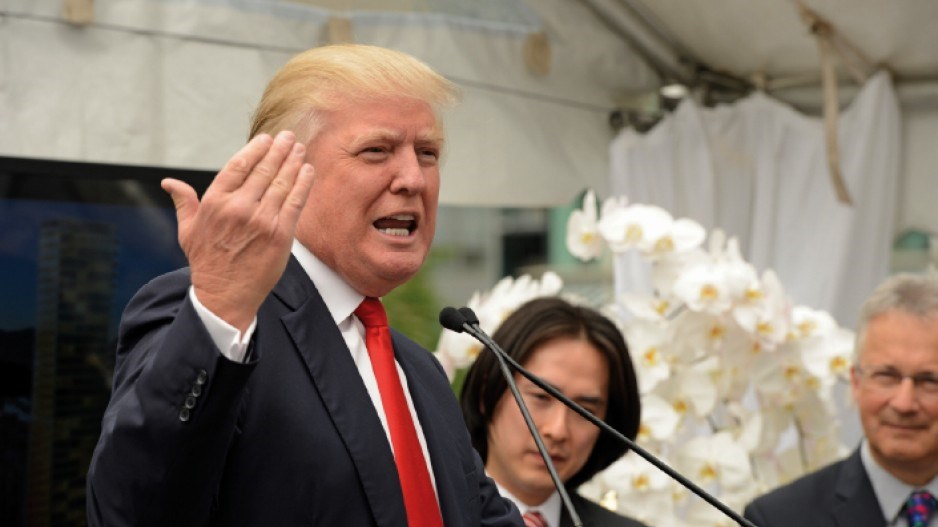Industrial loss
The loss of land for industrial development is a perennial issue in Metro Vancouver, and one to which the commercial real estate association NAIOP regularly returns in its annual development issues symposium.
Seven years ago the latest intelligence from Metro Vancouver pegged the region's industrial land base at 26,089 acres, of which 6,859 were available for new development. Today, the latest update of those figures indicates a total stock of 28,246 acres but a developable stock of just 6,509 acres.
NAIOP has regularly contested those numbers.
Seven years ago, industry estimates put the actual supply of readily developable industrial land at 3,155 acres. A report prepared for NAIOP by Pacific Land Resource Group Inc. and released at last week's development issues symposium pegged the current supply at approximately 2,500 acres.
"We were concerned that planners around the region, and certain key planners, were using Metro's information as the gold standard of how much industrial land we actually had in the marketplace," remarked Graeme Silvera, a member of NAIOP's development issues committee. "Agents and brokers who were on the frontline of looking for potential opportunities for tenants that were in the market were finding a different story."
Silvera said the report aims to provide numbers that reflect what users – particularly distribution companies and large-scale manufacturers – face when trying to find space. Projects such as the South Fraser Perimeter Road may help move goods inland, but Silvera said this doesn't address development considerations. Properties bordering the South Fraser Perimeter Road are often in the province's agricultural land reserve, and the commission overseeing the reserve is unwilling to allow exclusions that take the land out of farming.
"Our issue is how are you going to create more industrial land, create more opportunities?" Silvera said. "We look at things like the South Fraser Perimeter Road and we say, 'You're putting in billions of dollars of infrastructure on this road, and it's running through land you can't touch.'"
Complicating issues is the high cost of doing business in Metro Vancouver versus competing locations such as Calgary, where new development isn't fettered by mountains, ocean, farmland and the U.S. border.
Stuart Morrison of Colliers International told the Urban Land Institute last month that a dozen large-scale manufacturers had left the region in recent years and weren't likely to return thanks to business costs.
While proximity to the port attracts distributors, any upward pressure on occupancy costs makes Calgary an appealing location because it is a hub for Western Canada.
Silvera said the shortage of new industrial space means lease rates should be at $12 a square foot, but they remain an average of $7.50 a square foot in order to stay competitive with space in Calgary.
Trumping adversity
The formal announcement last week that colourful real estate magnate Donald Trump is lending his name to the Holborn Group tower at 1151 West Georgia Street confirmed months of speculation. It also signals a new chapter in the story of a site long in search of fulfilment.
Construction of a club for business executives from Asia stopped in the late 1990s and Cadillac Fairview Corp. acquired the site. The hulking shell sat derelict, with the city warning Cadillac Fairview in 2003 to take action or face consequences. Holborn acquired the site later that year, announcing in 2007 that a curvaceous Arthur Erickson-designed tower would grace the site.
A hotel bearing the Ritz-Carlton banner and 123 luxury residential units were planned, but the financial crisis of 2008 curtailed development.
While more than half the units sold at an average of $2,300 a square foot, sales came to an end and $20 million in deposits were returned to purchasers. Bob Rennie, who was handling the project, recognized that the project, when it relaunched, would enter a different marketplace.
Sales are now being handled by George Wong of Magnum Projects, whose firm has sold luxury projects for Aspac Developments Ltd. and others. On offer are 218 residential units, which will enjoy access to the amenities of the 147-unit hotel. Hopes are high that the Trump-branded tower will find a willing market.




